Data, Stories and Embody Art - Data Culture #07
Relations between the body, colonialism and art. November 2021.
Available in:
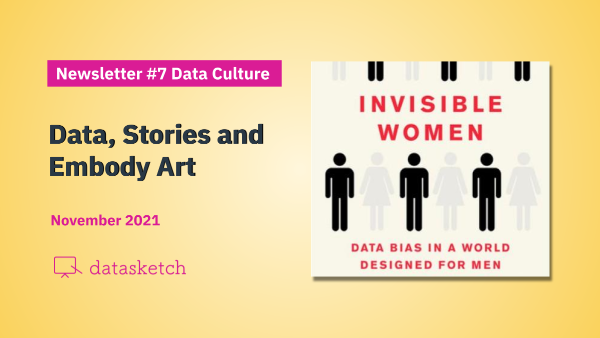
We are Verónica Toro, Viviana Forero, Nicolás Barahona and Juan Pablo Marín, the Datasketch culture team.
Have you reached us through social networks, or have you been forwarded this newsletter and want to receive it in your email twice a month? Subscribe!
#FEATURED-STUDIO
Domestic Data Streamers
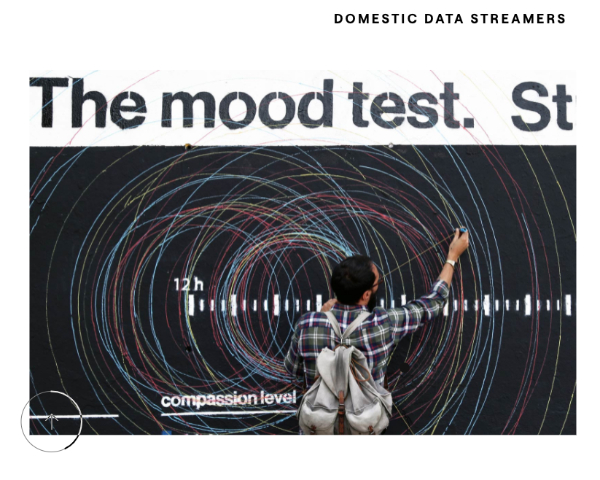
Domestic Data Streamers was founded in 2013 in Barcelona, Spain, with a simple idea “The world can’t be understood without numbers, but it wouldn’t be understood with numbers alone.”
They use design, art, science, and technology to create new forms of communication through stories with data. Their team includes various disciplines, from anthropologists and psychologists to engineers and designers, in Barcelona, Hong Kong, and the United States.
Their leitmotiv is participatory projects that build community through exchanging information mediated by emotions and experiences to generate knowledge and change.
Their most recent exhibition, which remains open virtually, 730 hours of violence, provides a space for critical debates on how we relate to the new paradigms of violence.
It challenges us with questions such as What is violence for you? Can an algorithm hurt a person? Is architecture-neutral? Questions that invite us to understand the normalization of violence and to resolve it together. The conversation is open. The exhibition invites you to be part of the debate here.

#BOOK
Invisible Women: Data Bias in a World Designed for Men
This book by Caroline Criado Perez, a British activist and writer, is a jolt. The data gap, which separates men and women, is much higher and broader than anyone would assume. The work received the Royal Society award for the best science book of 2019 and stood out for its narrative rigor. The data, far from being objective, are grounded in a male bias through personal stories and statistics.
If you are a woman, what you will find in it are experiences you have probably lived. For example, did you know that the probability of dying in a car accident is higher if you are a woman? This is because the seat belts are designed with the weight and height of an average man in mind.
The book’s goal is not to define which view is more universal, a man’s or a woman’s, but to call for questioning, push for action, and awareness of our bodies.
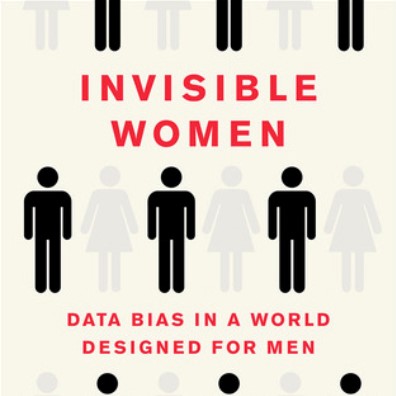
Source: goodreads.com
#TOOLS
The visual culture of the Americas
Arca is a database created by Jaime H. Borja Gómez, professor of the History Department of the Universidad de los Andes (Colombia).
Its elaboration stems from a central question: What was painted in colonial America and the explicit themes for each region?
Based on this, Borja Gómez gathered images of paintings, objects, ceilings, and murals. The temporal criterion covers from the 16th century to the 1830s, when the colonial tradition began to be exhausted.
Arca offers two tools. First, a dashboard visualizes the works' information based on visual themes, symbols, places of origin, artists, gestures, donors, or time. Second, a diagram of forces that relate artworks, pieces, and points of origin.
Explore the complete project at this link (in Spanish).

#ARTICLE
For a paradigm shift
Lindsay Caplan, professor at Brown University, explains about the book Painting by Numbers: Data-Driven Histories of Nine 19th-Century Art that art history based on data is a method that makes it possible to disprove narratives, bring invisible patterns to light and establish a dialogue between the content of the works and social and institutional forces,
The book’s author is Diana Greenwald, a historian of art and economics. She investigated the blind spots that the discipline has had until then and sought to establish a new comprehensive approach to visual art.
Her methodology is based on statistical analysis and review of the curatorial processes of 19th-century oil paintings displayed in institutions such as the Royal British Academy, the Paris Salon, and the Pennsylvania Academy of the Fine Arts.
For example, Greenwald exposes 1) what she sees as the real effects of industrialization on nineteenth-century artistic production. 2) The forms of exclusion of female auteurs in the field of painting. 3) The Royal Academy’s apparent attempts to deny the colonial violence of the British Empire.
“This oscillation - between statistics showing the effects of power and claiming to alleviate them simply through scale - is symptomatic of the condition we find ourselves in today: the effects of power are glaringly apparent, the means to undo them far less so,” Caplan says.
Read the full article, published in Art in America magazine, at this link.
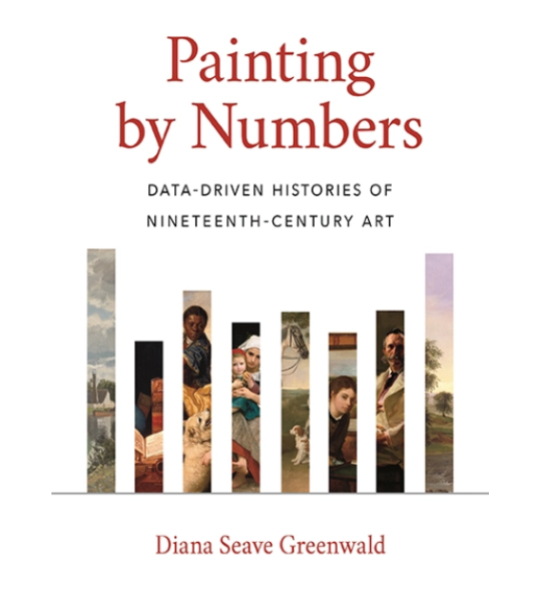
#DATAVIZ
*Mapa de relaciones táctiles esc 1:1*
Eulalia de Valdenebro is a Colombian artist who has explored, through botanical illustration, the relationship between the living and our connection with plants. Her approach shows that the union of nature and humans is much more intimate than we think.
Her body is the measure. She uses the reference of the human scale, which is subject to the forces of nature. In this map, the artist intertwines her body and that of the frailejon, a plant native to Colombia, Venezuela, and Ecuador, as part of an exercise of geometric proportions and exact measurements, questioning the modern duality of the subject/object.
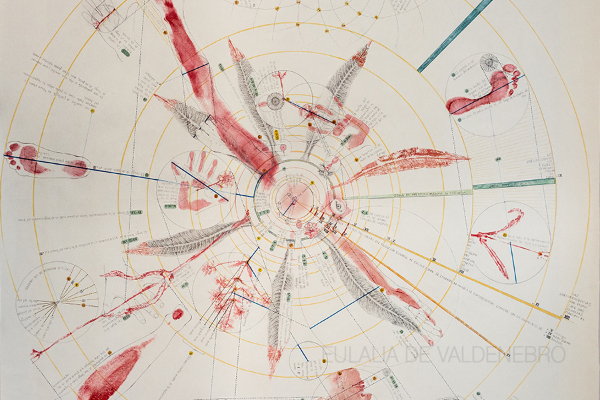
Stolen memory
We still do not know in depth the magnitude and effects of colonialism on Latin American cultures. The fragmentation and oblivion of history have occurred, for example, with the theft of art and objects from native communities. The damage will continue until they are returned to their territories of origin.
The collection, analysis, and visualization of data make it possible to address this problem, give it meaning and reveal the actors who benefit and those who are directly harmed. In this sense, a reference project, which remains current, is Memoria Robada, the first research with massive data on the trafficking of cultural property in Latin America, conducted by the Peruvian media Ojo Público in 2016.
The project includes:
- Seven reports.
- One search engine with information on 39 thousand works of art stolen in 132 countries.
- Free-use documents to cross-reference information like identifying lost, auctioned, and recovered pieces in the region.
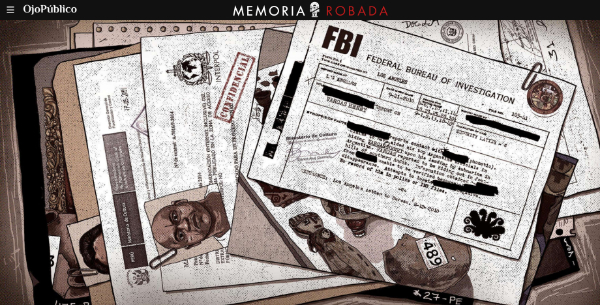
#FASHION
Augmented reality
Renowned European clothing brands are applying this technology to offer their products. This new form of marketing is based on the digitalization of objects and 3D modeling. It makes it possible, for example, to sell accessories that have not yet been manufactured, but with the certainty of how they will look and how they will adapt to the buyer’s body.
Maghan McDowell, the innovation editor at Vogue Business, explains how it is changing the industry. Also, she shows why augmented reality is already being applied by luxury brands such as Balenciaga, Palm Angels, Khaite, Off-White, Oscar de la Renta, Dolce & Gabbana, Nanushka, Casablanca, and Nicholas Kirkwood.
A few days ago, Google, The Fabricant, and DressX launched a limited and free digital collection, with which the tech giant promotes a campaign for its Google Pixel 6 cell phone.
![]()
#EVENT
Connected Data World brings together leaders and innovators in data science, visualization, artificial intelligence, and semantic technology.
Formerly known as Connected Data London, this conference has connected data, people, and ideas since 2016 at events with companies such as Bayer, BBC, Facebook Research, Microsoft, Google, GSK, IBM, NASA, Thomson Reuters, Wolfram, and Uber.
On December 1, 2, and 3, the event will hold 50 talks with research institutes, universities, and private sector members.
Find out the details in this link and get your tickets here.
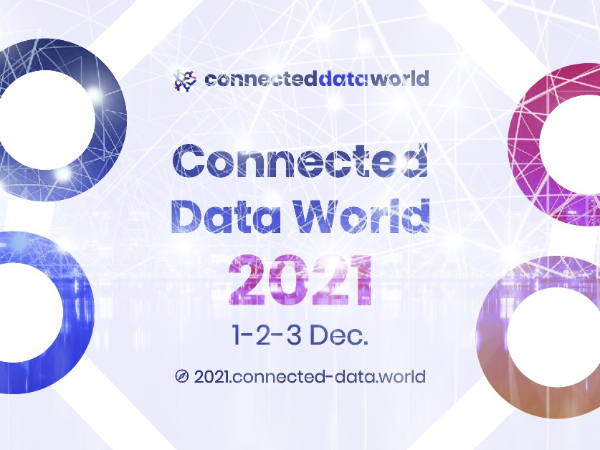
#PODCAST
Behind the numbers
The quantified self-movement is based on the idea that everyone can self-optimize their lives through the measurement of their actions, routines, and health indicators. For example, everyday electronic devices can measure steps, sleep quality, stress levels, skin temperature, heart rate, and even blood glucose levels. In addition, smartwatches, phones, sensors in wristbands can collect data and accurately expose how our lives are working.
That digital self-tracking is a phenomenon that began in 2009 with a do-it-yourself community called Quantified Self, “in which tech enthusiasts and other data obsessives analyzed details from their daily lives intending to gain insights into their behavior patterns. The idea was to increase self-knowledge and autonomy through numbers,” explained The New York Times in 2015.
The idea was both revolutionary and controversial. However, the wearable technology industry will grow despite growing concerns about the progressive loss of freedom and privacy.
Lisa Elliot Phillips, Digital Health Analyst at Insider Intelligence, explains in this podcast the applications of this technology in the medical field, which devices are most likely to be used for remote patient monitoring, and how this movement will continue to transform society.

That's all for now!
Stay tuned to our newsletter! Together we strengthen the data culture! If someone sent you this email and you want to keep updated with the best data culture, we invite you to subscribe.
Remember that in Datasketch, we have other newsletters, with which you will also learn about Data Journalism and Open Government.




